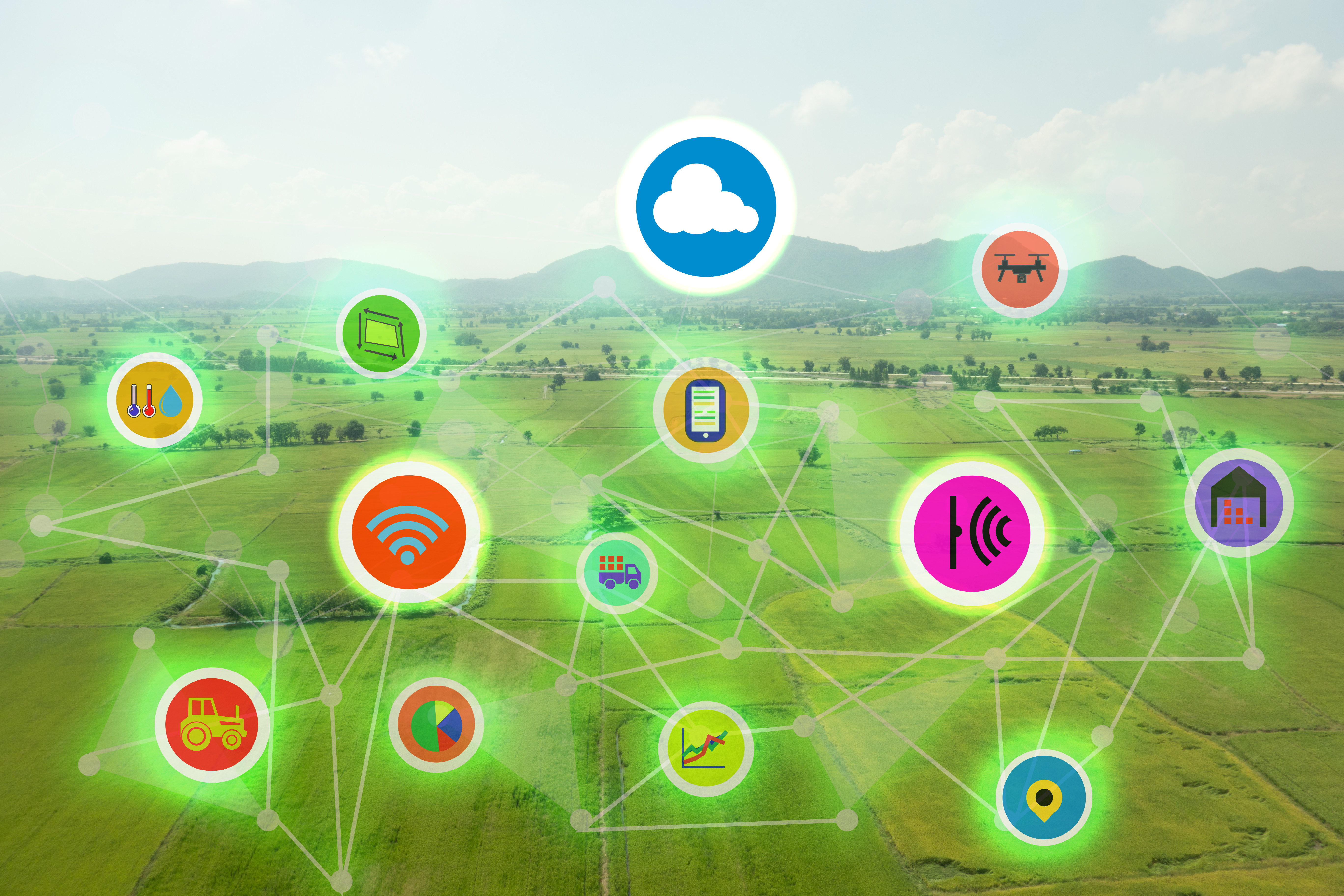LPWAN’s Evolving Impact on SmartAg

Now that we are approaching Spring time, and after receiving some great comments from our February blog post focused on the history and future opportunities of Smart Agriculture, we wanted to continue our SmartAg theme and take a deeper dive on how Senet provides an opportunity to farmers for several different farming technologies and techniques.
The goal of sustainable agriculture is to accommodate society’s needs for food and textiles without compromising the ability of future generations of farmers to grow and produce crops. Farmers are employing science and IoT technology—such as moisture sensors, drones, smart irrigation, terrain contour mapping and self-driving, and internet-connected tractors—to help build a smarter, more tech-savvy and more sustainable version of their family farm.

Smart agriculture sensor technology and services give farmers robust tools to monitor, measure and analyze data about their crops, livestock, farming operations and weather patterns. The capabilities of this powerful data and analytics gives farmers better knowledge for improved planning, crop yield and sustainability of their farms.
One area in particular where IoT can deliver significant benefits is irrigation and water usage. Over the last century, as farmers’ productivity has increased—thanks to improvements in machinery, fertilizers and irrigation—there have been many positive effects, but also some adverse effects that threaten farmers’ long-term future. First and foremost is water usage. According to the U.S. Department of Agriculture, irrigated agriculture accounts for the largest share of the United States’ consumptive water use.
IoT gives farmers powerful new tools for not only monitoring and managing their water supply, but also the ability to irrigate and fertilize crops with greater precision, efficiency and accuracy by precisely applying the right amount of water or fertilizer in the right place while minimizing runoff. Farmers using sensors in the field can detect moisture in the soil and help create irrigation systems for crops based on soil moisture and temperature. This type of technology gives farmers greater precision and control to develop water applications more tailored and customized to their farm. IoT technology with new types of irrigation pipes (drip tapes) allows farmers to reduce water usage over traditional flood or sprinkler irrigation.
Until now, poor wireless coverage in rural areas has impeded IoT adoption among the majority of farmers. Farmland is often isolated from cellular, Bluetooth and WiFi technologies, and where they do exist, cost and complexity of deployment can be prohibitive. With device connectivity over very long ranges (~15 miles), very long battery power life (~10 years) and an extremely low per-device cost, LPWANs and LoRa®-compatible products are changing the paradigm of farming efficiency and transforming the way things are monitored and measured.
LPWANs are ideal for gathering data about local agricultural conditions—including weather, soil moisture, chemical compositions of the soil and other environmental conditions—at a much lower total cost of ownership. Furthermore, LPWANs make it possible to expand per-acre coverage and monitor more assets due to the simplicity of deployment and cost of ownership reductions. It is why a number of industry analysts are predicting that installations of IoT devices in the agriculture market will increase from 30 million in 2015 to 75 million in 2020.
At Senet, our highly scalable and reliable low-power, wide-area network provides a significant opportunity for IoT solution provider partners in the agriculture space to deliver LoRa-based smart farming applications that can improve operational planning, decision-making and productivity and help farmers capture real economic value from the Internet of Things.
